For its versatility and affordable price tag, rayon has become a widely-used fabric in the fashion industry over the years.
The semi-synthetic textile stands at the intersection of natural and man-made materials, originating from wood pulp and chemically manipulated during its production process.
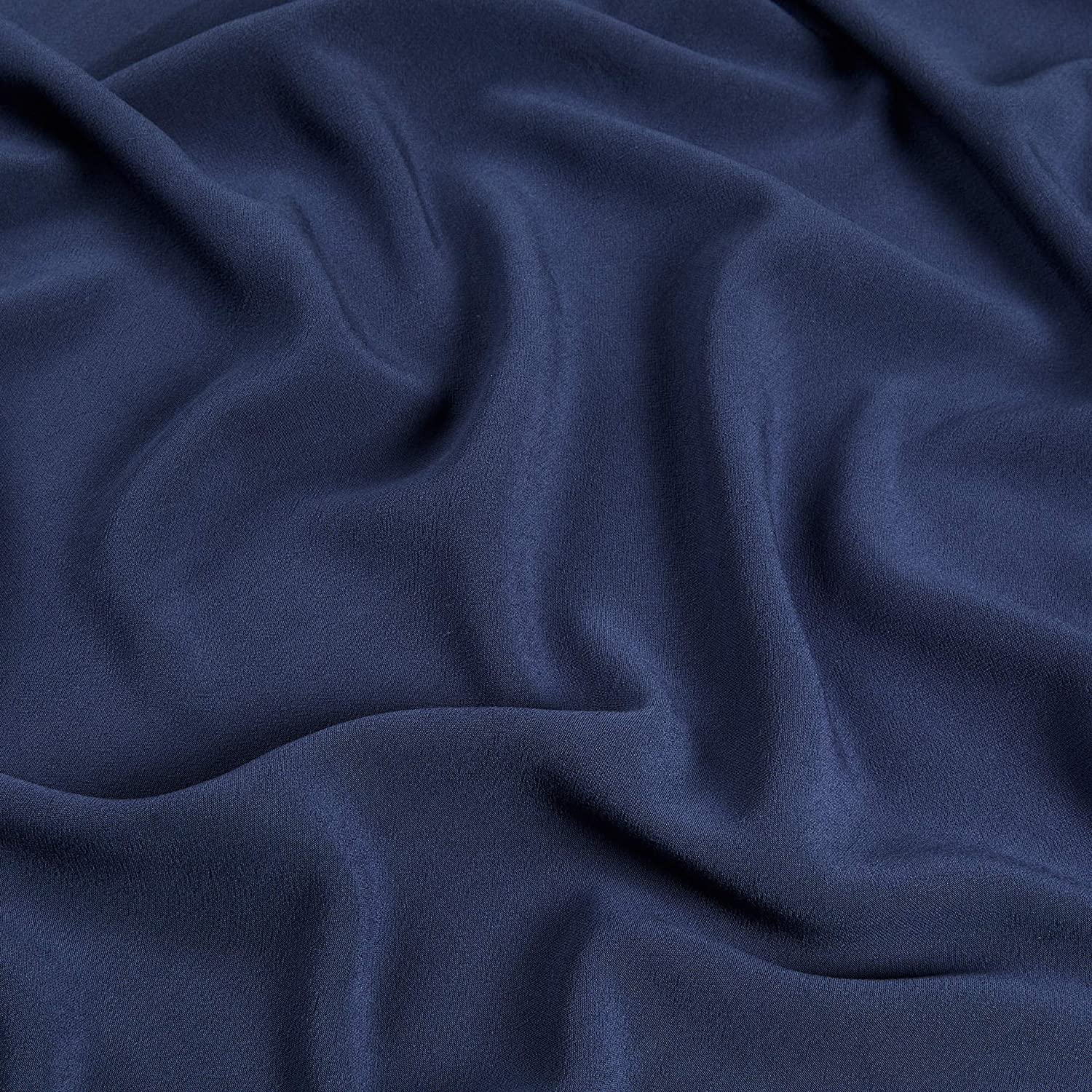 Versatile and affordable, semi-synthetic rayon fabric is widely used in the fashion industry worldwide
Versatile and affordable, semi-synthetic rayon fabric is widely used in the fashion industry worldwide
Manufacturing viscose begins with a mixture of wood pulp and certain chemicals, including sodium hydroxide.
Through the use of carbon disulfide and sodium hydroxide once again, fibers are formed from the pulp, resulting in a viscous solution. Later, it is put through a machine that transforms it into regenerated cellulose, which is then finally spun into yarn.
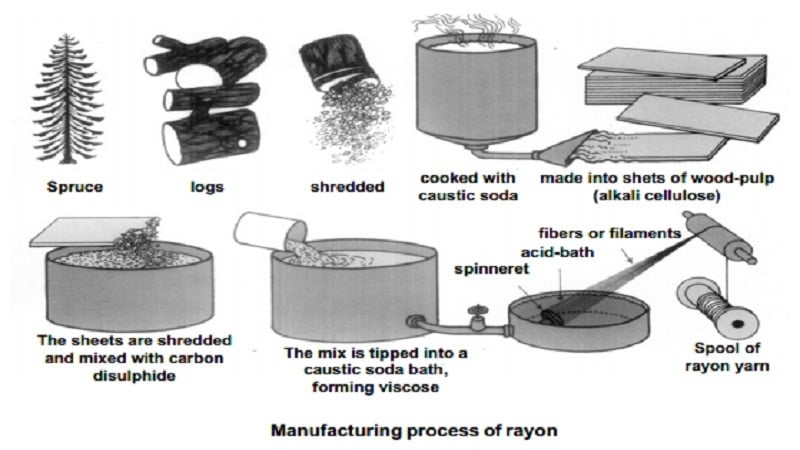 A diagram showing how rayon fabric is made (Credit: Brainkart.com)
A diagram showing how rayon fabric is made (Credit: Brainkart.com)
Rayon was adopted by many manufacturers and brands for its appealing traits, such as its ability to emulate more costly fabrics like cotton and silk.
The material’s breathability, comfortable feel, and drape-like form make for an extremely adaptable fabric. Additionally, its natural wood pulp element contributed to a sustainable image.
Even those who are unfamiliar with the fabric are likely to have it in their wardrobe. Though used for a variety of purposes within fashion, rayon is commonly used in athletic wear – from more affordable options to higher-end alternatives. It can also be found in accessories and casual wear throughout the market.
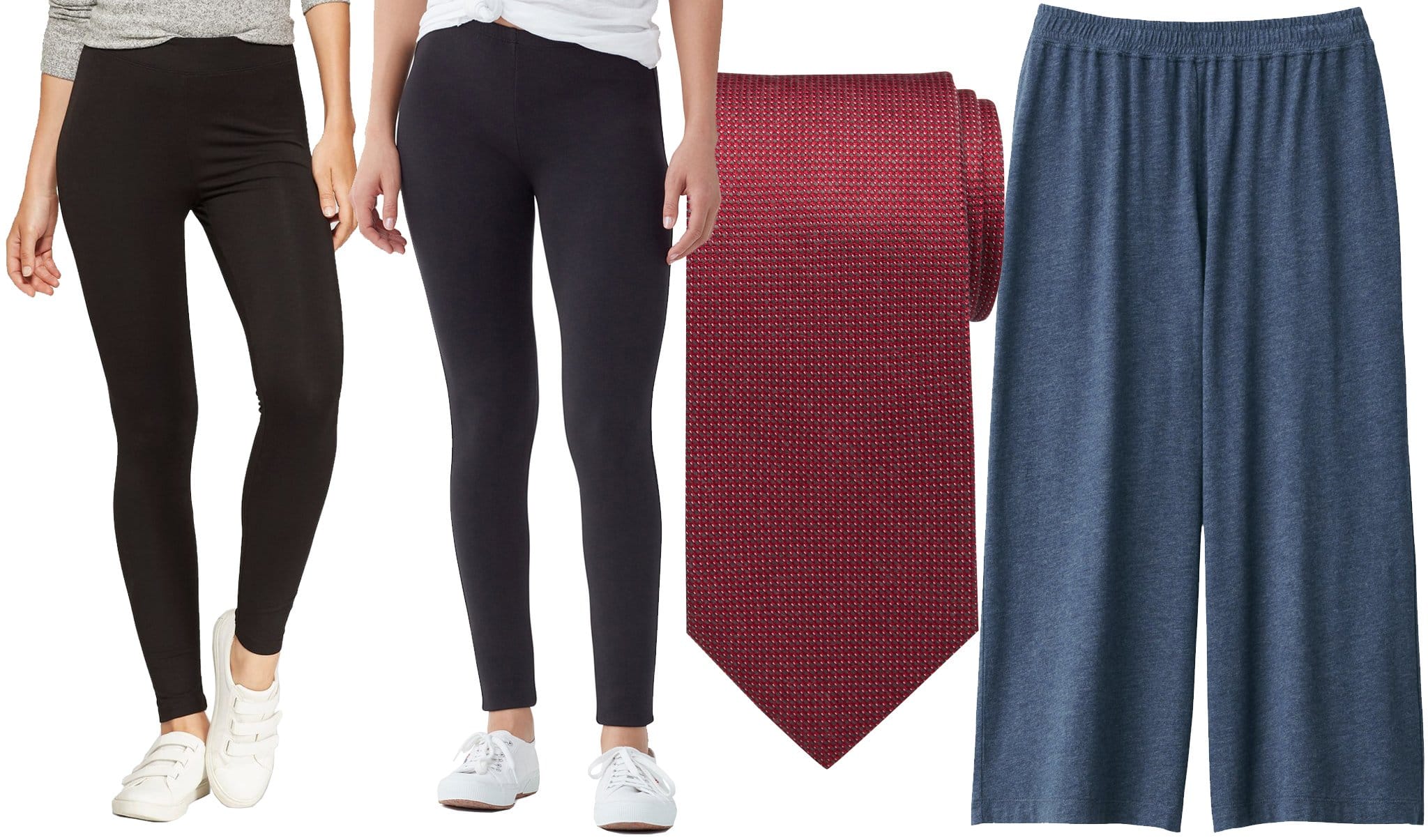
As rayon grew in popularity, implications surfaced regarding the material’s negative impact on the environment. Showing a different side to the fabric, findings included significant negative environmental consequences like toxic water pollution and deforestation.
The release of the remaining chemicals into the environment translates to risks not only for the planet but also for factory employees and communities near production sites.
As sustainability has continued to grow and establish itself as a priority within the fashion industry, concerns about the environmental impact of rayon remain. The lack of an established standard for sourcing and producing viscose has stood in the way of transparency and brand accountability.
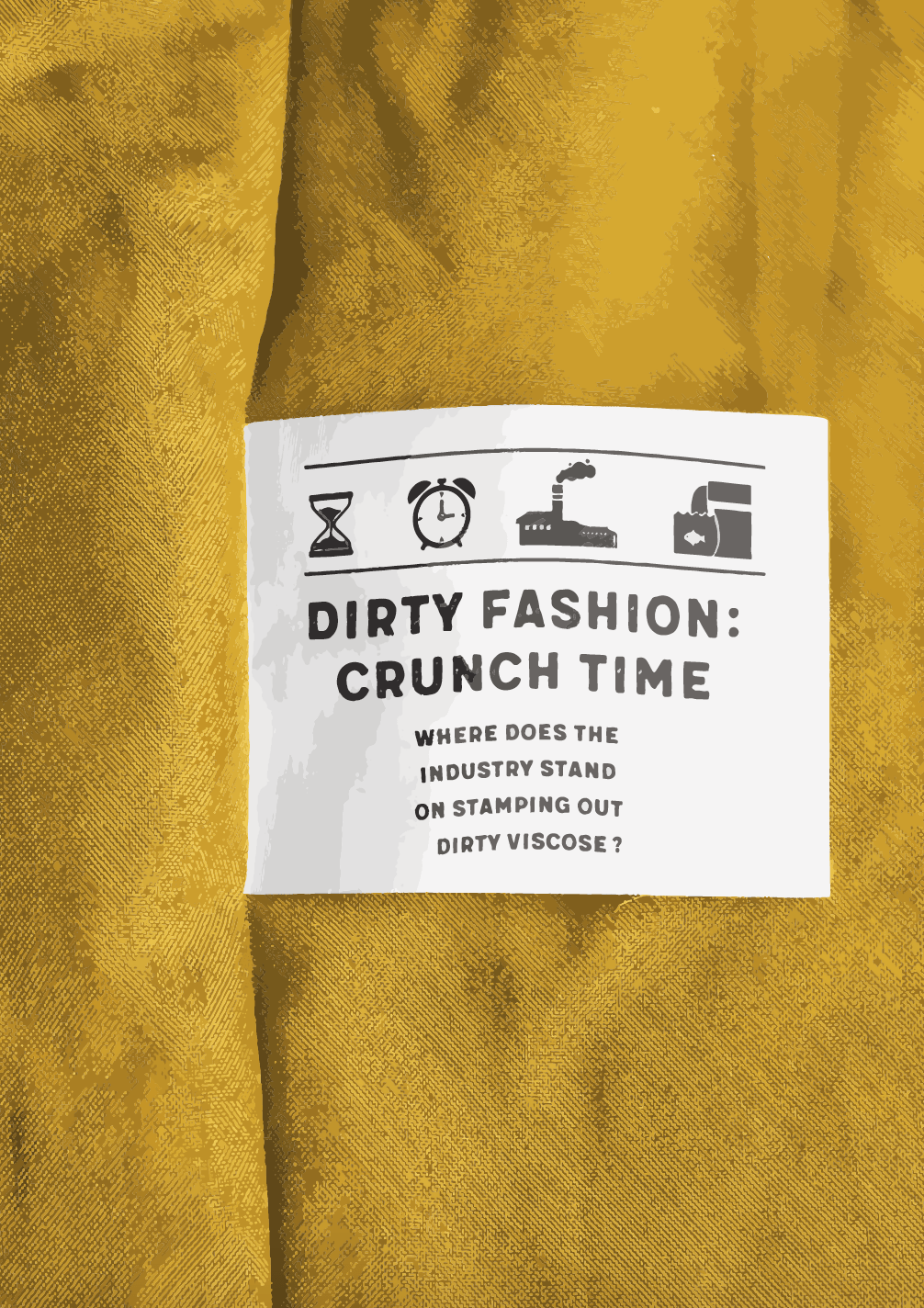
In December of 2020, a Changing Markets Foundation report on industry progress towards clean, responsible rayon outlined the work still to be done.
The issue is present in diverse areas of the fashion market, from luxury brands like Prada and Versace to wholesale and more affordable retailers like Walmart and Costco – all lacking in viscose-specific policy aimed at a more mindful and eco-friendly production process.
Though there are many challenges posed by rayon in the fashion industry, work being done to decrease and eventually end the harmful usage of rayon makes it clear that there is a better way.
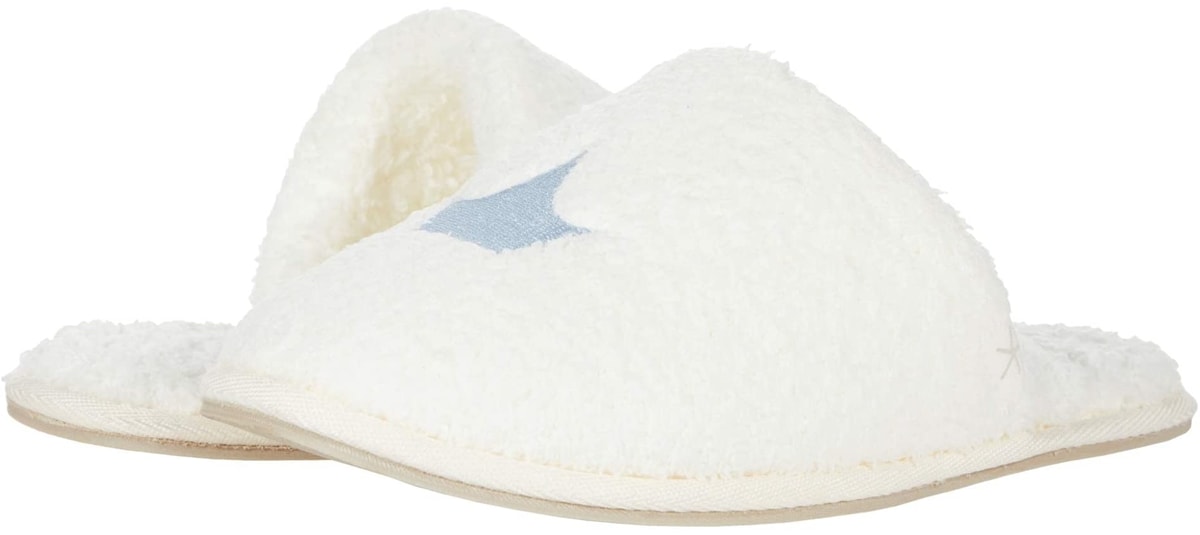
While the methods and processes largely used today need to be revised, it is possible to maintain the material as a part of the fashion industry in far less damaging ways.
Though viscose is perhaps the most popular kind of rayon – and the one with one of the most environmentally harmful processes – it is not the only one.
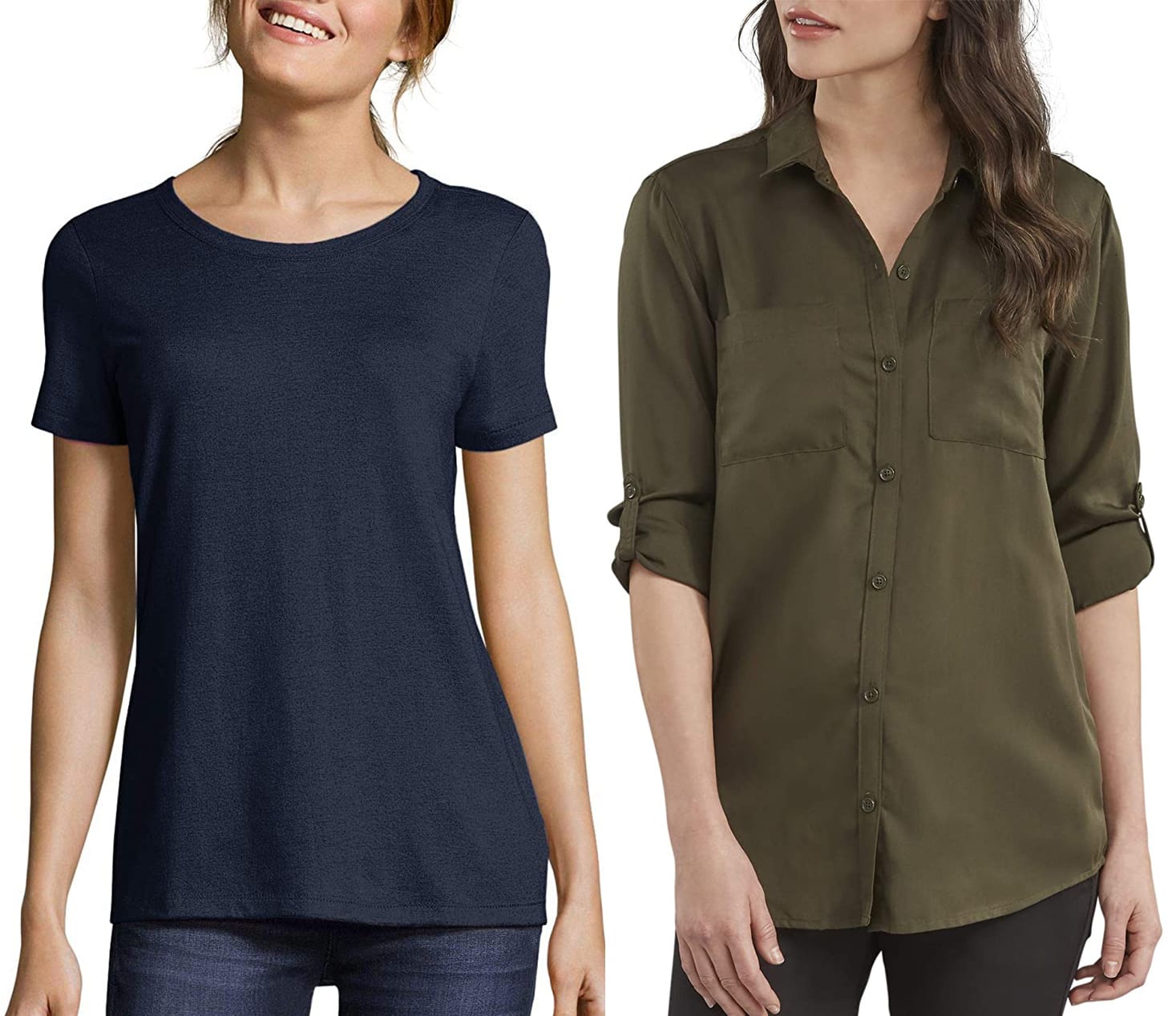
Modal and Lyocell are two other kinds of rayon commonly found in fashion today. Both variations are more expensive than viscose and often come blended with other high-end fabrics like cotton or linen.
Lyocell, specifically, is the most sustainable kind of rayon, as its production involves the large majority of chemicals being recycled.
Viscose can result in affordable, comfortable, high-quality goods – but there is a price to pay.
